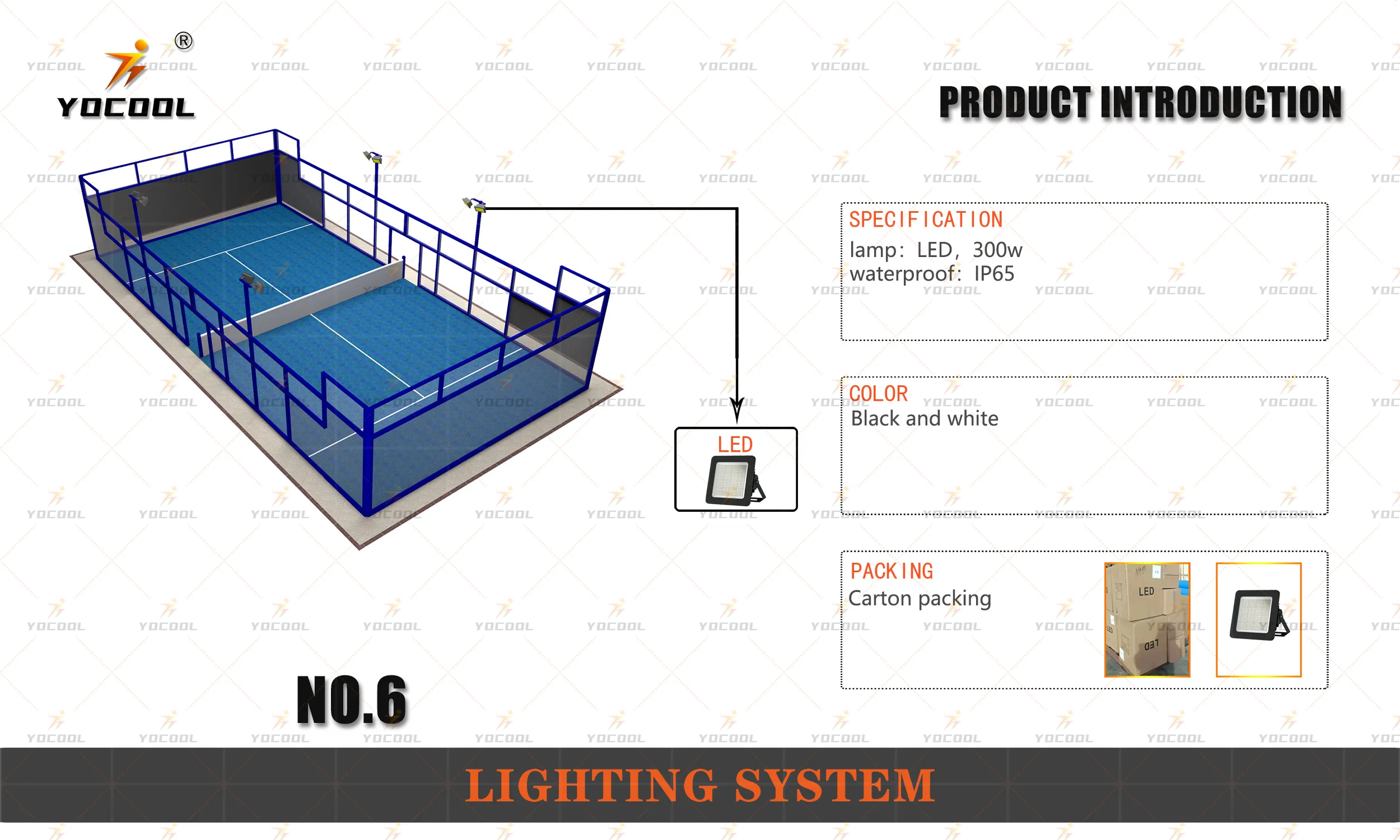

Padel and Tennis A Comparative Overview
Padel and tennis are two racket sports that have gained immense popularity worldwide. Although they share some similarities, they also have distinct differences that cater to various preferences and playing styles. This article explores the unique characteristics of both sports, examining their histories, rules, and social aspects, ultimately celebrating what makes each sport special.
Origins and Evolution
Tennis, believed to have originated in France during the late 12th century, evolved from a game called jeu de paume, where players struck a ball with their hands. The sport saw significant transformations over the centuries, leading to the modern version we know today, which became popular throughout Europe and North America in the 19th century.
In contrast, padel is a relatively new sport, developed in Mexico in the 1960s. It was created by Enrique Corcuera, who adapted squash and tennis to fit a smaller court enclosed by walls. Padel quickly gained traction in Spain and Argentina, where it transformed into a beloved recreational and competitive sport. Today, padel continues to grow in popularity, particularly across Europe, with numerous clubs and championships emerging.
Differences in Gameplay and Rules
The most significant difference between padel and tennis lies in their gameplay. Tennis is played on a larger outdoor or indoor court with a net in the center. Each player (or team) must hit the ball over the net, aiming to land it in the opponent's court while preventing their opponent from returning it. The scoring system in tennis, with its games and sets, adds to the complexity of its strategy.

Padel, however, is played on a smaller court enclosed by walls, which players can use to rebound the ball. The scoring system is nearly identical to that of tennis, but because the court is smaller, rallies tend to be faster-paced and more dynamic. Padel’s unique feature of being able to play off the walls introduces an exciting element of strategic thinking and reflexes, making it accessible to players of all skill levels.
Social Aspect and Community
Both sports have strong social components, but they differ in their community dynamics. Tennis has long been associated with prestigious clubs, often creating an atmosphere of exclusivity. Many tennis players prefer singles matches, although doubles games are popular as well. The culture surrounding tennis can sometimes come across as competitive and formal.
On the other hand, padel is known for its inclusive and friendly environment. The majority of games are played in doubles format, fostering teamwork and camaraderie among players. This social aspect has contributed to padel's rapid growth, attracting a diverse demographic, from families to professional athletes. Padel clubs often host social events and tournaments, emphasizing community engagement and enjoyment.
Conclusion
In conclusion, both padel and tennis offer unique experiences for players and fans alike. While tennis boasts a rich history and a formal competitive atmosphere, padel's recent rise and its social, inclusive nature provide an exhilarating alternative for those seeking a fun, engaging sport. As both sports continue to evolve and attract new participants, the world of racket sports becomes an exciting arena for competition, friendship, and personal growth. Whether you prefer the elegance of tennis or the dynamism of padel, both sports are worth exploring and celebrating.
High-Performance Industrial Flooring Solutions China Paddle Tennis Court for Sale
High-Performance Industrial Flooring Solutions Durable & Cost-Effective
Homogeneous Transparent Floor – Durable & Stylish Rubber Floor Solutions
Premium Homogeneous Transparent Floor for Durable & Stylish Spaces Rubber Floor Solutions
Premium Sports Floor Solutions Durable PVC Sports Floor & Rubber Floor for Gyms
Durable Rubber Composite Floor Premium Rubber Floor & Mats Solutions